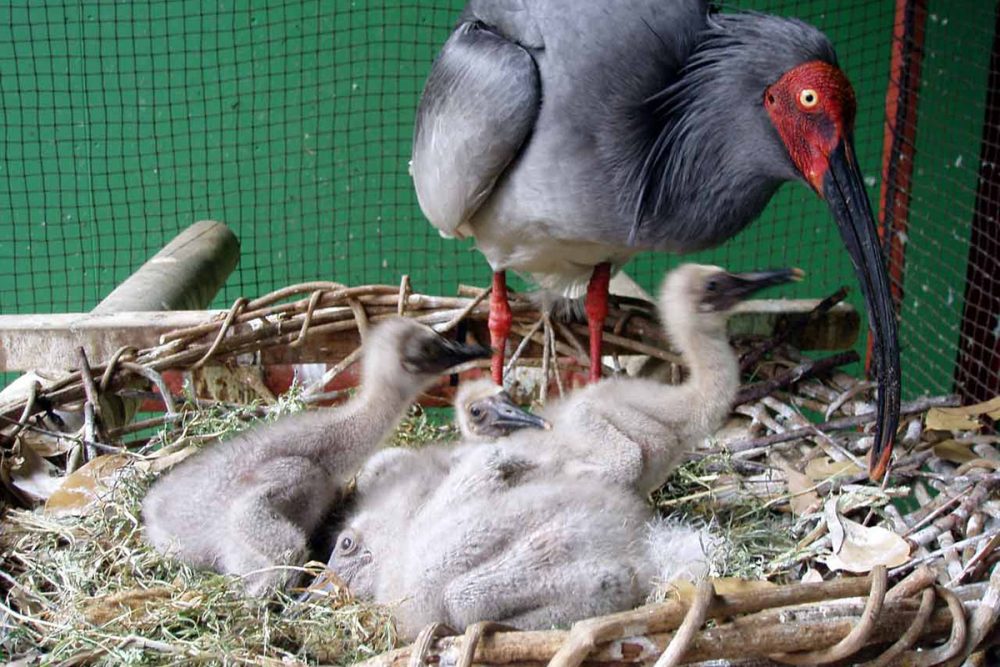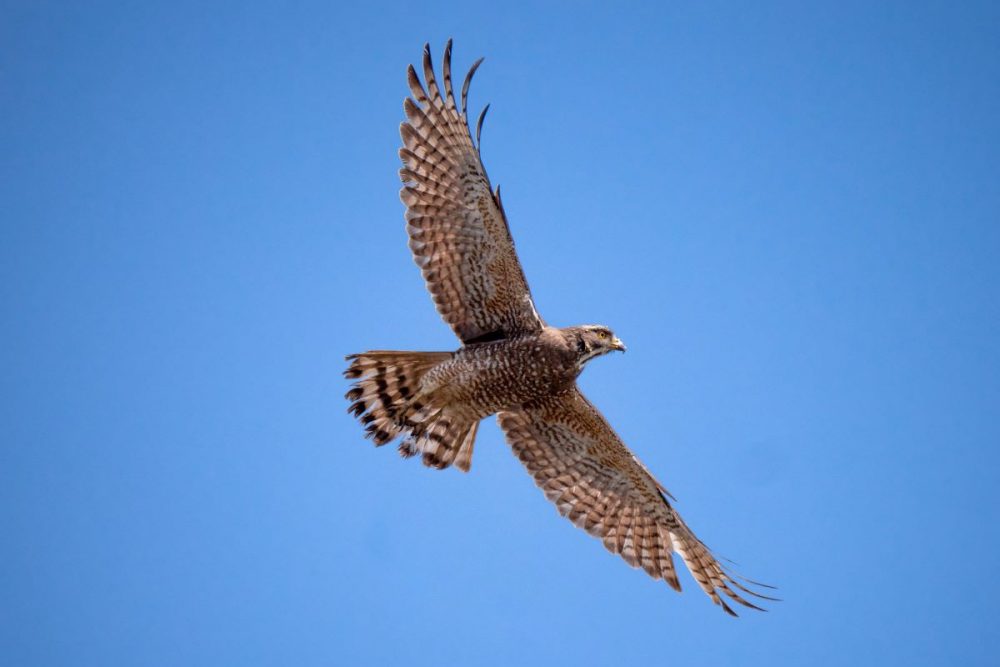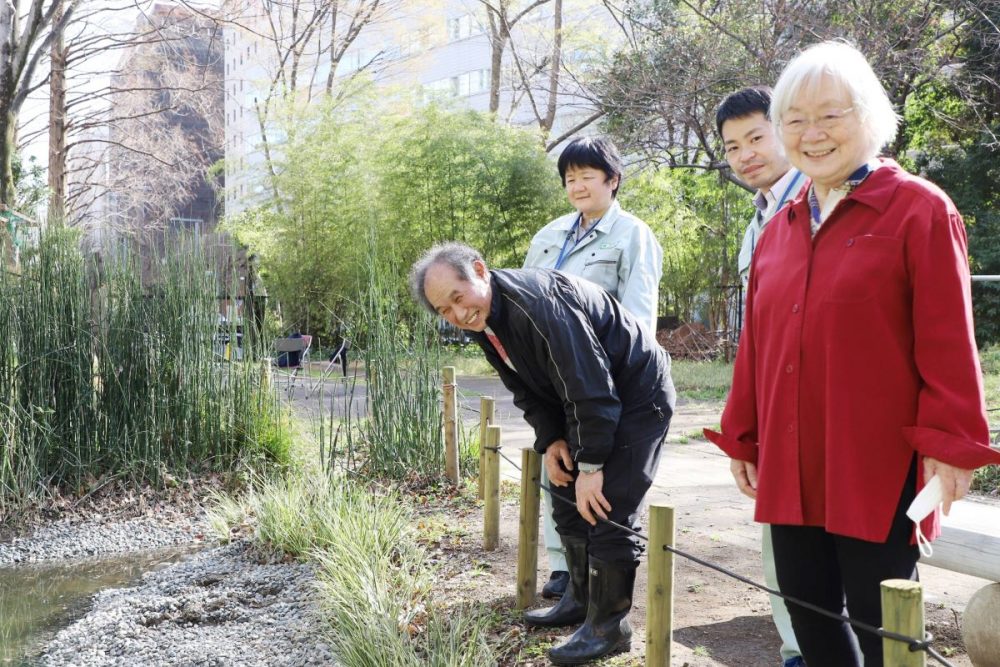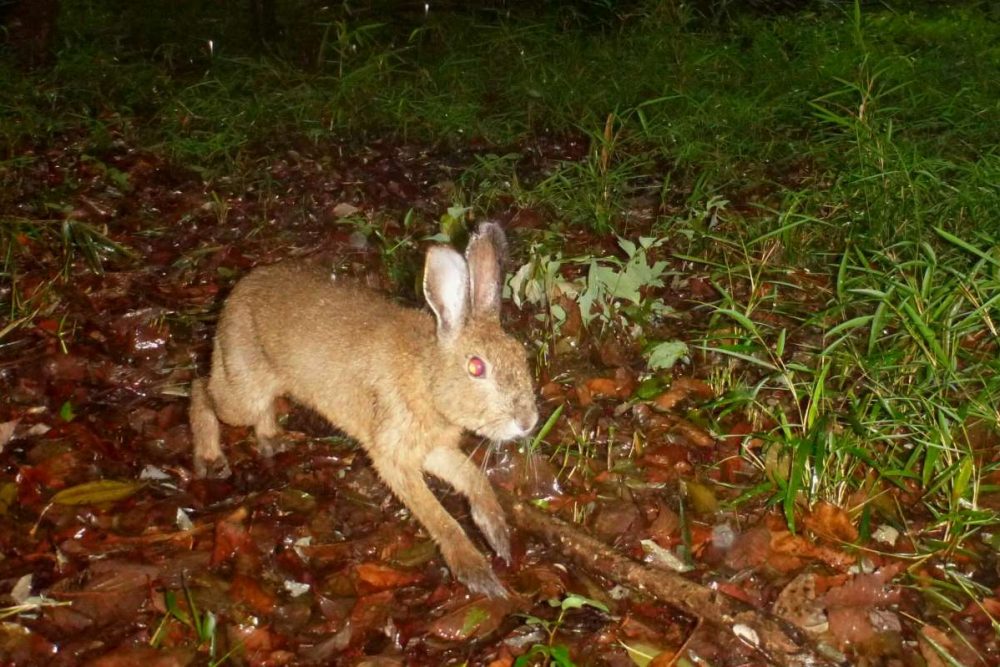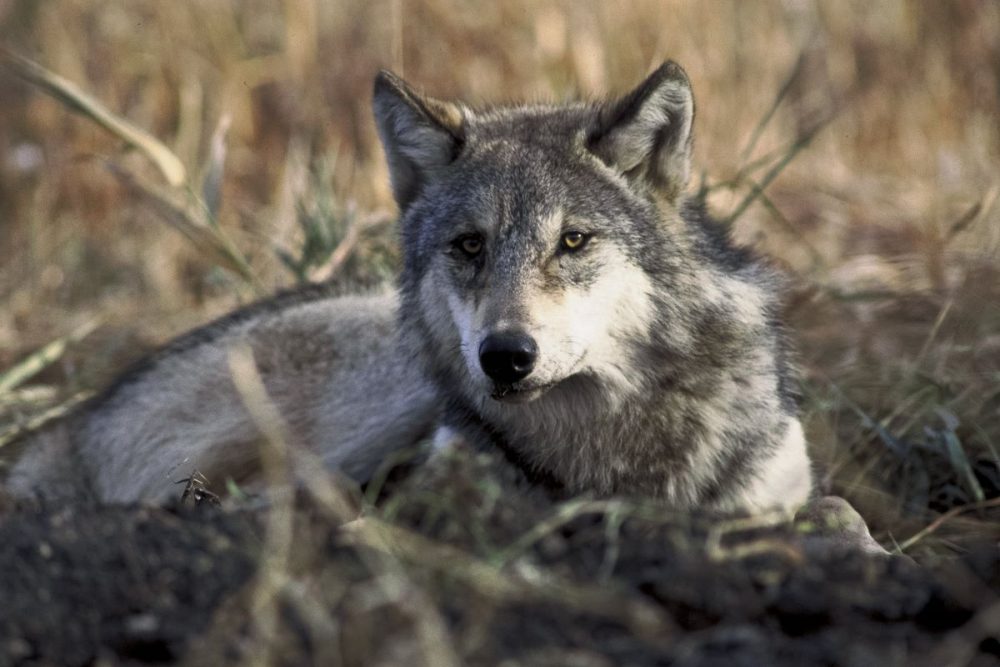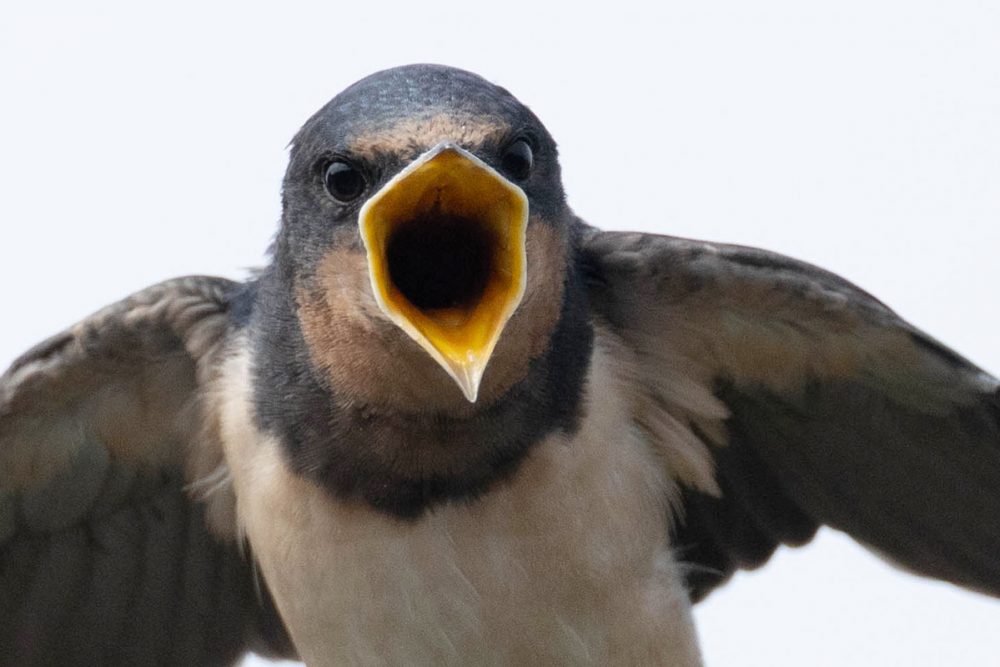Sado Wildlife in Focus | The Crested Ibis and the Secrets of Their Home Life
In his 20th photo essay, Fumie Oyama captures the "home life" of the crested ibis, a bird designated as Japan's Special Natural Monument.
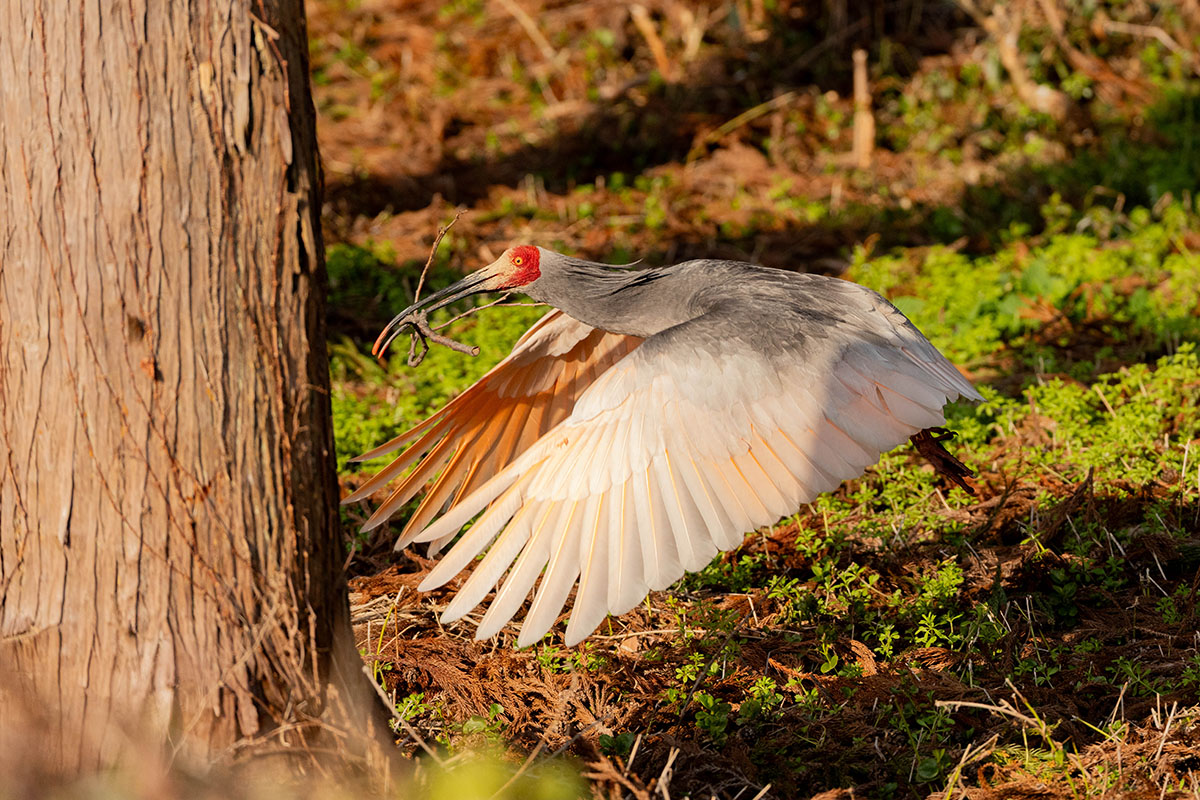
このページを 日本語 で読む
Spring has arrived on Sado Island, Niigata Prefecture, as the snow melts away. The crested ibis, designated as a Special Natural Monument, can now be seen darting across the sky, busily gathering nesting materials. Their building habits even reveal glimpses of their individuality.
Daily Nest-Building
With the cold receding, sunrise comes a little earlier each day.
Every morning, as I head out for my daily ritual of photographing the crested ibis, I often spot them flying back and forth, twigs in their beaks. Some even carry soft, dried grass to line their nests.
My regular shooting site is a nesting forest with one of the island's highest ibis densities. This spring marks five years since I moved to Sado. Observing this same forest season after season has led to many discoveries.
I've noticed that pairs that failed to breed the year before are often drawn to nesting sites where chicks successfully fledged, likely seeking a better environment for another attempt.
Prime Real Estate
Just like apartments in prime locations get snapped up quickly, successful nesting sites don't stay vacant for long. Spots where breeding succeeded the previous year quickly become prime property.
Some pairs guard their chosen sites in shifts while building their nests. Others "renovate" old nests, reinforcing them with fresh branches. Yet not all efforts succeed — many carefully built nests collapse under strong winds.
Despite the abundance of trees, truly suitable branches are surprisingly scarce. That is because an adult ibis weighs 1.5 to 2 kilograms — and a nesting pair weighs over 3.
If three chicks hatch, each grows to nearly adult size before fledging. Altogether, the nest may need to hold over 7 kilograms. Only thick, well-anchored branches can support that kind of weight.
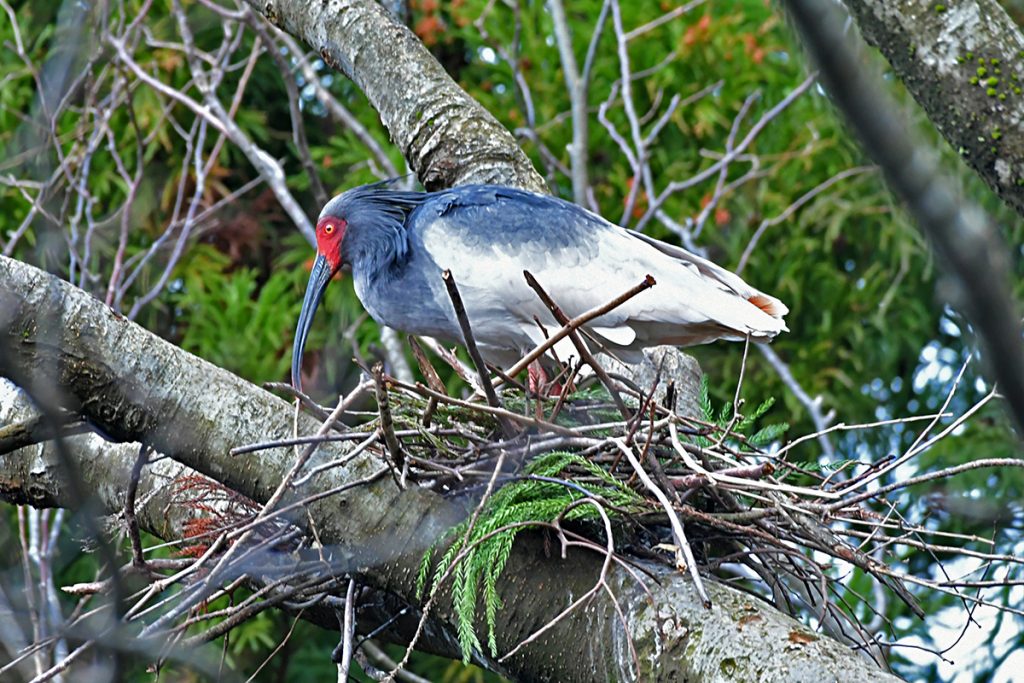
As I mentioned in a previous column, birds like sparrows form flocks in winter for protection from predators. But for crested ibises, flocking can actually increase the risk of attracting enemies like crows. That is why they are said to gain little from nesting in colonies.
When forests become overcrowded, things get even trickier. Some ibises nest one above the other in the same cedar tree, while others build just meters apart on the same branch level. In some cases, nests are even taken over by other birds. Under such conditions, quietly incubating eggs or raising chicks becomes nearly impossible.
Pseudo-Copulation
As the nesting season begins, crested ibises become more territorial. When other ibises approach, mated pairs often perform pseudo — copulation — possibly to signal that the area is already occupied.
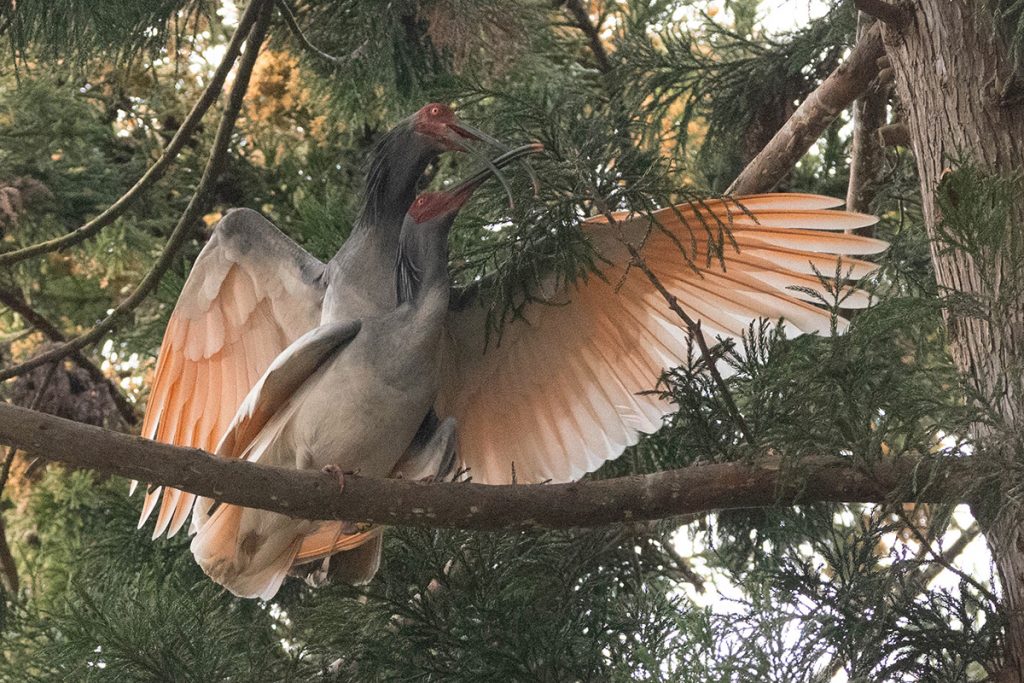
Yoshinori Kaneko, a veterinarian with 32 years of experience in the reintroduction project at the Sado Japanese Crested Ibis Conservation Center, explains, "Pseudo-copulation doesn't only occur in the wild. It even happens in captivity — sometimes when a keeper enters the cage to feed them. It seems to act as a kind of threat display."
This behavior has been documented in other birds, such as the Kentish plover. However, since it is not observed as frequently or consistently in those species as it is in the crested ibis, much about it remains unclear.
Today, the wild population of crested ibises on Sado Island is estimated at around 500. As their numbers grow and space becomes limited, a new release is planned for June in Ishikawa Prefecture. Daily observation of the ibises on Sado remains essential to the success of that release.
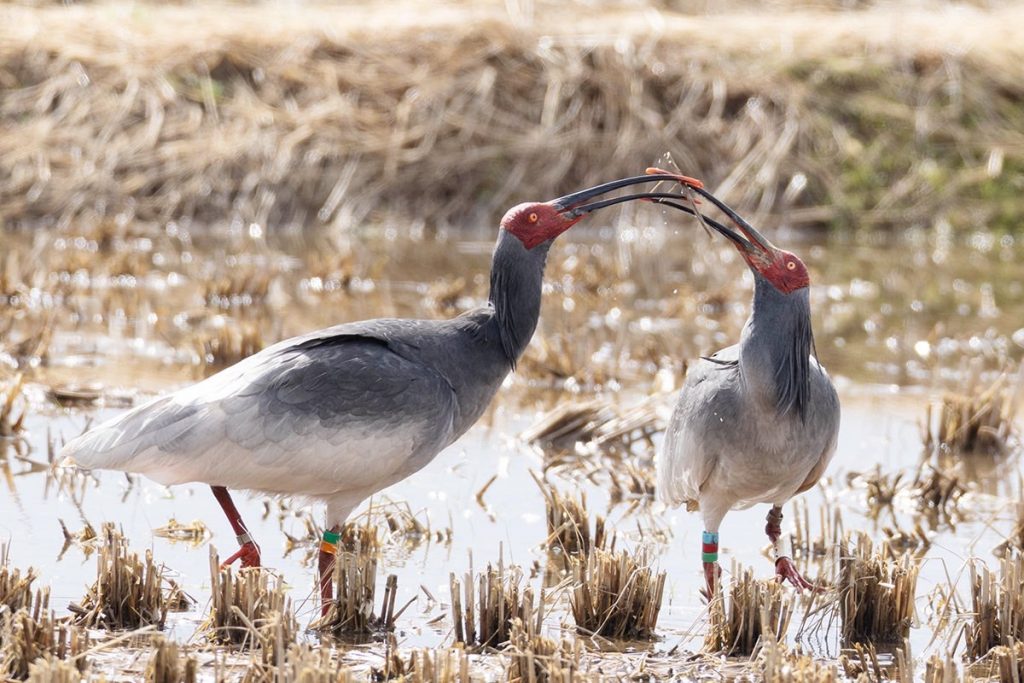
Read more essays by photojournalist Fumie Oyama on Japan 2 Earth, a JAPAN Forward website featuring Japan's initiatives on the SDGs.
RELATED:
- Release of Crested Ibises to Mark New Chapter in Noto's Recovery
- Mating Season: The Crested Ibis Turns Black
- Crested Ibis Feeding Frenzy Marks the Start of Winter
- Are Sparrows Disappearing?
Author: Fumie Oyama
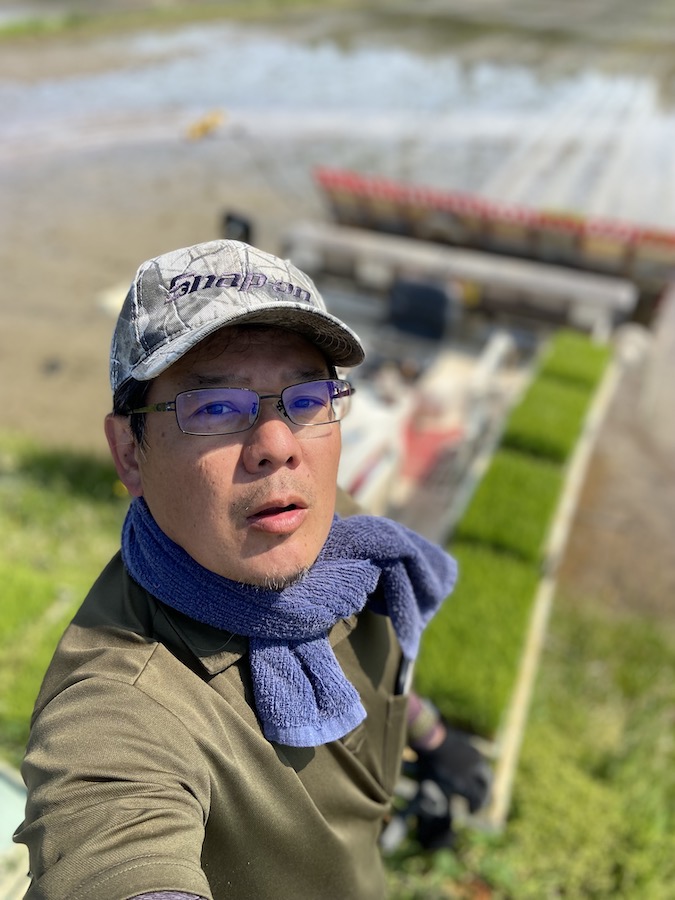
Fumie Oyama is a two-time winner of the Japan Newspaper Publishers & Editors Association Award as a photographer for The Sankei Shimbun. After covering the reintroduction of the crested ibis to the wild for 11 years, Oyama left the company in 2020 to move to Sado Island. There, he continues to photograph the ibis and other wildlife while engaging in farming. He currently promotes the charms of Sado Island as a photojournalist. Follow Fumie Oyama on Instagram.
このページを 日本語 で読む






